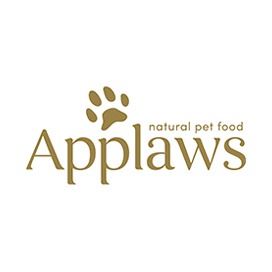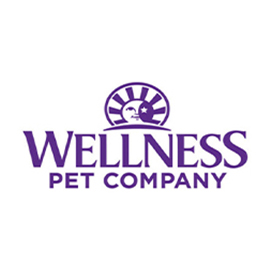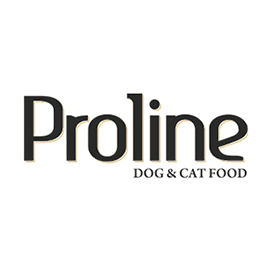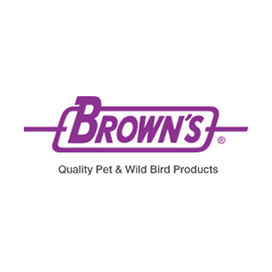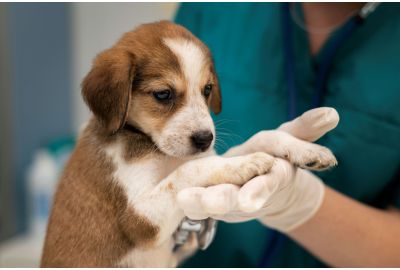Four Most Common Health Issues in Cats and Dogs: Symptoms and Prevention Tips
Introduction:
As a pet owner, it's crucial to understand the common health concerns your pet might face. By recognizing the early signs of illness, you can take proactive steps to prevent serious complications and ensure your pet receives prompt treatment. In this blog post, we'll delve into the four most prevalent diseases in cats and dogs, their symptoms, and how to keep your beloved companion healthy.
-
Ear Infections
Ear infections are a frequent problem in both cats and dogs, often causing discomfort and distress. The telltale signs include:

- Head shaking: Excessive head shaking is a common indication of ear discomfort.
- Scratching: Your pet may scratch their ears and the surrounding area excessively, leading to hair loss and redness.
- Ear discharge: A buildup of discharge, known as otorrhea, may be visible in the ear canal.
- Hearing loss: In advanced cases, ear infections can lead to partial or complete hearing loss.
Prevention
Regular ear cleaning with wipes or ear cleansing solutions and avoiding water exposure in the ears can help prevent infections. If you suspect an ear infection, consult your veterinarian for proper diagnosis and treatment.
-
Skin Infections
Skin infections manifest as inflammatory skin disorders, causing your pet to scratch incessantly. Common causes include allergies and parasites like fleas. Symptoms to watch for include:
- Scratching: Excessive scratching, leading to hair loss and skin redness.
- Skin changes: Observe for any changes in your pet's skin, such as redness, inflammation, or scabs.
- Hair loss: Patchy or excessive hair loss can indicate a skin issue.
Prevention:
Regular grooming protects your pet and keeps it clean. For at-home pet grooming, consider using flea and tick shampoos to manage and prevent infestations. A balanced diet and supplements for skin and hair health can also help prevent skin infections. If you notice any of these symptoms, consult your veterinarian for diagnosis and treatment.
-
Oral and Dental Diseases
Dental problems are widespread in cats and dogs, primarily caused by plaque buildup and tartar formation. Look out for these warning signs:
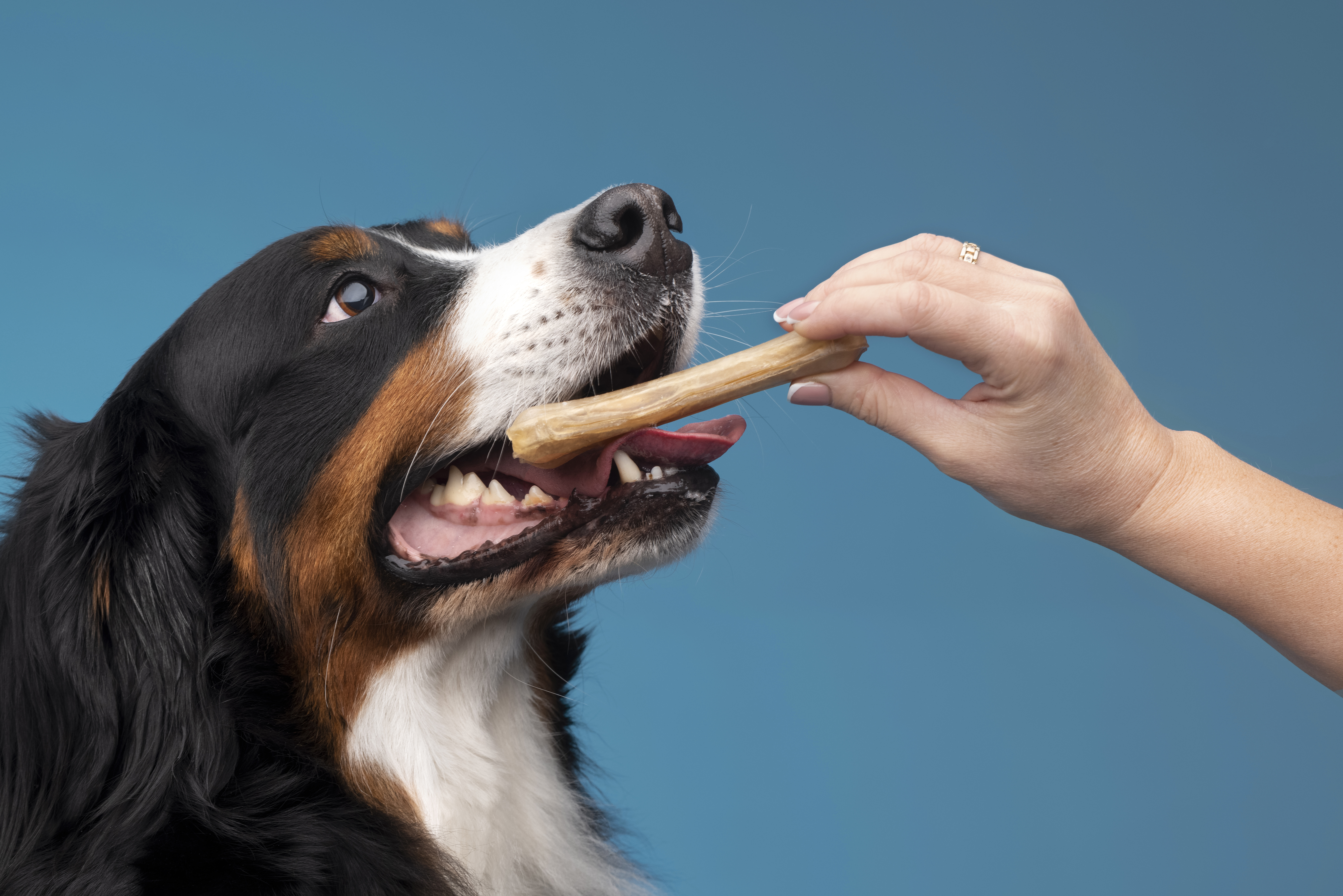
- Bad breath: Chronic bad breath is a common indicator of dental issues.
- Bleeding gums: Swollen or bleeding gums can signal gum disease.
- Discolored teeth: Yellowing or brown teeth suggest tartar buildup.
- Changes in eating habits: Difficulty chewing or a decrease in appetite may indicate dental pain.
Prevention
Brushing your pet's teeth daily with a pet-specific toothpaste and toothbrush is crucial for maintaining oral hygiene. Feed your pet dental treats to improve and maintain their oral health. Regular dental checkups with your veterinarian are also essential for early detection and treatment of dental problems.
-
Digestive Problems
Digestive problems are a common concern for both cats and dogs and can range from mild and temporary to severe and chronic, causing discomfort, distress, and even serious health complications. Understanding the symptoms is crucial for ensuring their well-being. Digestive issues can manifest in various ways, including:

- Vomiting: Frequent vomiting can indicate a range of problems, from dietary indiscretion to more serious conditions.
- Diarrhea: Diarrhea can lead to dehydration, electrolyte imbalances, and nutrient deficiencies.
- Constipation: Difficulty passing stool can be a sign of digestive issues.
- Loss of appetite: A sudden decrease in appetite can signal underlying health problems.
- Weight loss: Unexplained weight loss can be a symptom of various conditions.
- Abdominal pain: Signs of abdominal discomfort, such as bloating or whimpering, may indicate digestive problems.
Prevention
While the basics of a healthy diet, adequate hydration, and avoiding table scraps remain crucial, here are some additional preventive measures you can take to minimize the risk of digestive problems in your pet:
Regularly feed your cat hairball control formulas to help prevent hairballs, which can contribute to digestive issues. Maintaining a clean cat litter box is also crucial to encourage regular bowel movements and reduce the risk of bacterial infections. Moreover, provide your pet with a stress-free environment, as stress can exacerbate digestive problems and engage them in regular exercise and play to promote healthy digestion and overall well-being. Schedule regular deworming treatments to prevent parasitic infections that can disrupt digestion. Provide your dog with safe chew toys to prevent them from ingesting foreign objects that can cause intestinal blockages. Introduce any new food or treats gradually to avoid upsetting your cat's and dog's digestive system.
Conclusion
By understanding the common diseases in cats and dogs, recognizing their symptoms, and implementing preventive measures, you can play a vital role in safeguarding your pet's health and well-being. Remember, regular veterinary checkups are essential for early detection and treatment of any health concerns. With proper care and attention, you can ensure your furry friend enjoys a long and healthy life.






